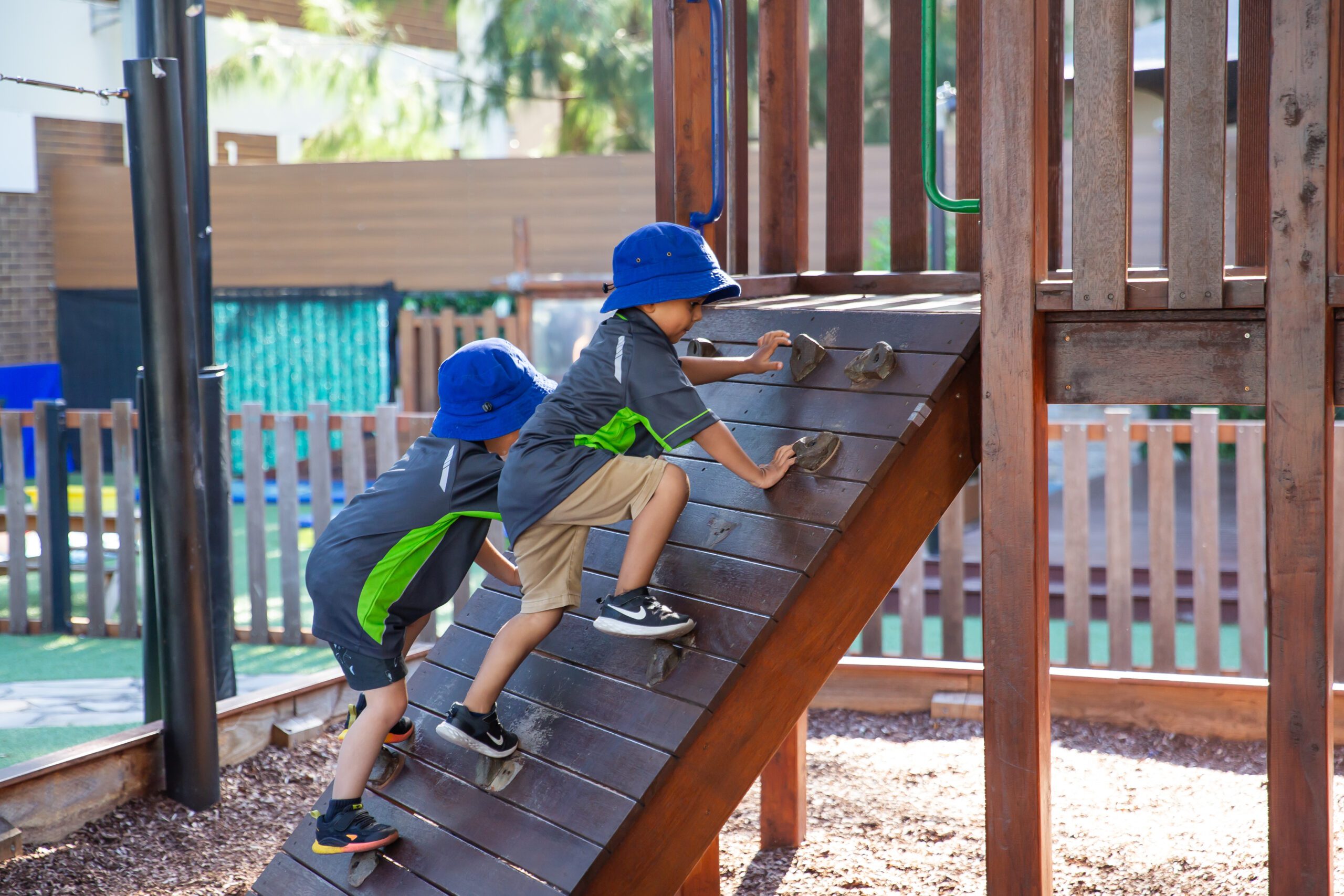
Choosing the best start for your child means considering both education and affordability. At Papilio Early Learning, we understand that government payments like the Family Tax Benefit (FTB) can play a big role in shaping your child’s early years. But with so much information out there, it’s easy to feel unsure about what you’re entitled to, or how to access it.
This guide provides clear, current answers about FTB Parts A and B, including how they work alongside the Child Care Subsidy (CCS), what income thresholds apply, and how your benefits might change over time.
What Is the Family Tax Benefit?
FTB is a government payment that supports eligible families with the cost of raising children. It’s divided into:
- FTB Part A - Paid per child, based on income, number of children, and their ages.
- FTB Part B - Paid per family, designed to help single parents and families with one primary income.
Can I Get Both FTB and CCS?
Yes. These are separate benefits:
- Child Care Subsidy helps reduce your childcare fees.
- Family Tax Benefit supports general household expenses.
And with the 3 Day Guarantee coming in 2026, many families will soon be eligible for up to three days of subsidised care per week, even without meeting the activity test.
Who’s Eligible?
You may qualify for FTB if you:
✅ Care for a dependent child under 19
✅ Meet Australian residency rules
✅ Share care at least 35% of the time
✅ Meet immunisation and school readiness requirements
✅ Fall within income thresholds (see below)
Current Income Thresholds & Payment Rates
Here are the 2025–26 maximum fortnightly rates:
FTB Part A (per child):
- 0-12 years: $227.36
- 13-15 years: $295.82
- 16-19 (if in school): $295.82
FTB Part B (per family):
- Youngest child under 5: $193.34
- Youngest child 5-18: $134.96
General Income Limits:
- FTB A reduces at ~$86,852 for one child, and phases out around $118,771+
- FTB B phases out at $120,007 for single parents
- For couples, payments reduce if the lower-income earner earns over $6,935 annually
Examples from Real Families
- Single parent earning $45,000 with a 2-year-old in care: receives both FTB A & B + CCS
- Couple on parental leave, income $70,000: eligible for both FTBs now and CCS later
- Two-income household earning $100,000: receives reduced FTB A, no FTB B, full CCS
- Single parent earning $150,000: not eligible for FTB, may still receive CCS
What About Year-End Supplements?
Eligible families may receive a once-a-year top-up:
- FTB A supplement - up to $938.05 per child
- FTB B supplement - up to $459.90 per family
These are paid after Services Australia balances your income and entitlements.
What If My Income Changes Mid-Year?
Because FTB is reconciled at tax time, underestimating your income could lead to a repayment. We recommend:
- Updating your income in myGov regularly
- Reviewing your estimate each quarter
- Informing Centrelink if your job, relationship, or care percentage changes
Does Papilio Help With This Process?
While we can’t apply on your behalf, we’re here to support:
- Documentation for CCS applications
- Explaining how FTB and CCS affect your fees
- Helping you plan an enrolment pattern that maximises your benefits
At Papilio, we’re committed to making premium early education both accessible and achievable for your family.
In Summary
- FTB supports your family’s broader financial wellbeing
- You can access FTB and CCS at the same time
- Income thresholds and eligibility rules apply
- Annual supplements offer additional support
- The 3 Day Guarantee is coming in 2026
- Papilio helps you make informed choices with confidence
Let’s Talk About Your Family’s Future
If you’re considering care in 2026, or you want to better understand how government support can work for you, we’d love to connect.
👉 Book a private tour at your nearest Papilio Early Learning Centre
Your child’s future deserves a strong, supported start.
